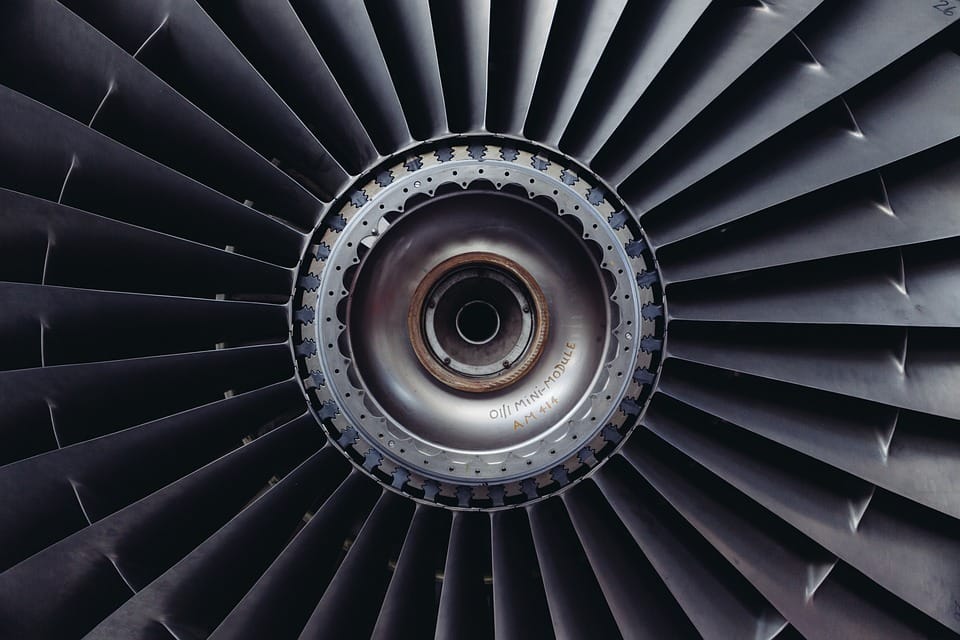3D printing, also known as additive manufacturing, is transforming the way products are designed and produced. This innovative technology allows for the creation of complex shapes and structures that were previously impossible to achieve with traditional manufacturing methods. From aerospace to healthcare, 3D printing is disrupting industries and revolutionizing the way we think about production. In this article, we will explore the impact of 3D printing on manufacturing and how it is changing the game for businesses worldwide.
Isi Kandungan
The Rise of 3D Printing
3D printing has come a long way since its inception in the 1980s. What started as a niche technology primarily used for prototyping has now evolved into a mainstream manufacturing process with applications across various industries. The ability to quickly and cost-effectively produce complex parts with high precision has made 3D printing a game-changer in the world of manufacturing.
Advantages of 3D Printing
There are several key advantages of 3D printing that have contributed to its widespread adoption in the manufacturing industry:
- Complex Geometries: 3D printing allows for the creation of intricate geometries that would be impossible to produce with traditional manufacturing methods.
- Rapid Prototyping: With 3D printing, designers can quickly iterate on designs and create prototypes in a matter of hours, reducing time-to-market significantly.
- Cost-Effective: Traditional manufacturing often involves high upfront costs for tooling and setup. 3D printing eliminates the need for costly tooling, making it a more cost-effective option for producing low-volume parts.
- Customization: 3D printing enables mass customization, allowing for unique products tailored to individual customer needs.
Applications of 3D Printing in Manufacturing
3D printing is being used in a wide range of industries to improve efficiency, reduce costs, and drive innovation. Some of the key applications of 3D printing in manufacturing include:
- Aerospace: 3D printing is revolutionizing the aerospace industry by enabling the production of lightweight, high-performance components for aircraft and spacecraft.
- Automotive: Automotive manufacturers are using 3D printing to produce custom tooling, prototypes, and end-use parts for vehicles.
- Healthcare: 3D printing is being used in healthcare to create patient-specific implants, prosthetics, and surgical guides.
- Consumer Goods: From custom jewelry to personalized phone cases, 3D printing is enabling new opportunities for customization in the consumer goods industry.
Challenges and Limitations
While 3D printing offers many advantages, there are also challenges and limitations that need to be addressed. Some of the key challenges include:
- Material Limitations: The range of materials that can be used in 3D printing is still somewhat limited compared to traditional manufacturing methods.
- Quality Control: Ensuring consistent quality and reliability in 3D printed parts can be challenging, especially for high-value or critical applications.
- Post-Processing: Depending on the printing technology used, post-processing steps such as finishing, painting, and assembly may be required to achieve the desired final product.
Conclusion
3D printing is revolutionizing the manufacturing industry by enabling new levels of design freedom, customization, and efficiency. As the technology continues to evolve and mature, we can expect to see even greater advancements in the way products are designed and produced. Businesses that embrace 3D printing now will be better positioned to compete in a rapidly changing market and drive innovation in their respective industries.
FAQs
What is 3D printing?
3D printing, also known as additive manufacturing, is a process of creating three-dimensional objects by layering materials such as plastic, metal, or ceramics. This technology allows for the production of complex shapes and structures that would be difficult or impossible to achieve with traditional manufacturing methods.
How does 3D printing work?
3D printing works by taking a digital design file and slicing it into thin layers. The printer then builds the object layer by layer, fusing the material together to create the final product. Depending on the technology used, the printing process may involve melting, curing, or sintering the material to form the desired shape.
What are the benefits of 3D printing?
Some of the key benefits of 3D printing include the ability to create complex geometries, rapid prototyping, cost-effectiveness for low-volume production, and customization. 3D printing also offers advantages in terms of sustainability, as it can reduce material waste and energy consumption compared to traditional manufacturing methods.
What are the limitations of 3D printing?
Some of the limitations of 3D printing include material restrictions, quality control challenges, and the need for post-processing steps to achieve a finished product. Additionally, 3D printing may not be suitable for high-volume production runs or certain applications that require specific material properties or tight tolerances.
